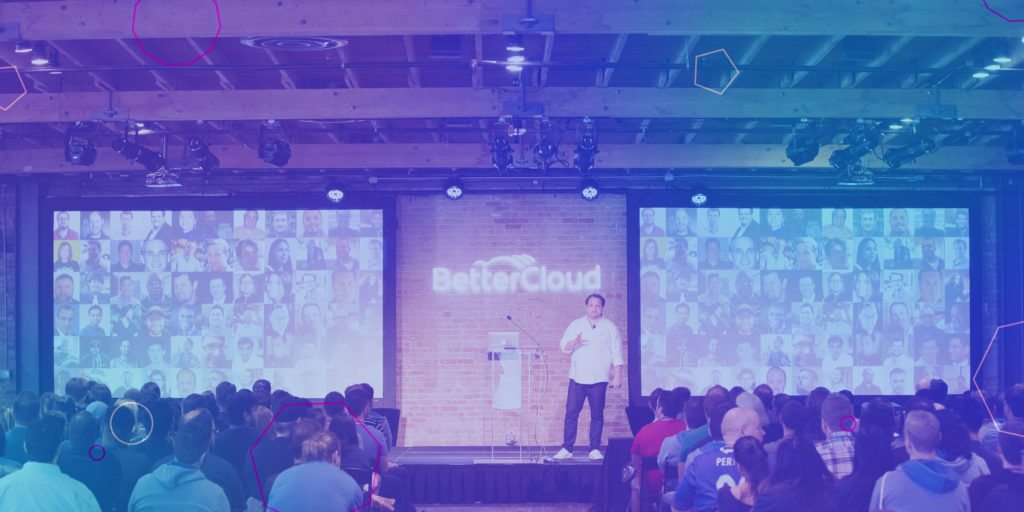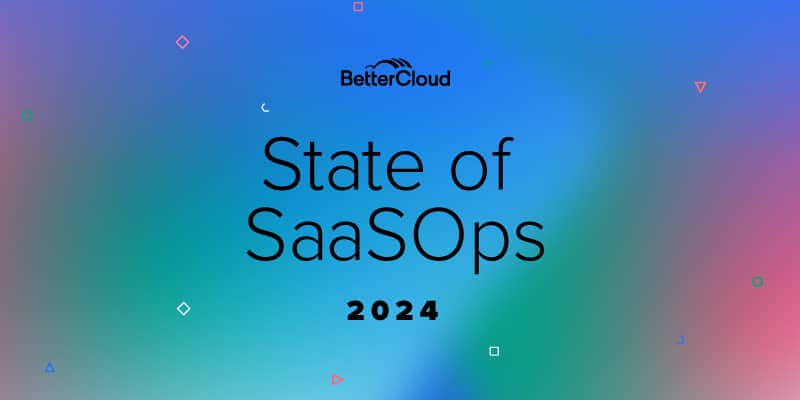Here’s the Simplest Way for HR and IT to Establish Better Lines of Communication
October 17, 2017
3 minute read

This is the third post in our HR and IT series (co-produced by Namely and BetterCloud). Read the first two articles below:
- It’s Time to Fix HR and IT: Here’s What You Must Do to Get Budget and Buy-In
- HR and IT: 3 Must-Have Tactics to Work and Adapt Faster
Today, the companies that excel aren’t the ones that fight change; they’re the ones that usher it through the door.
Using a variety of automation technologies, SaaS management and security platforms, and improved HR information systems, companies are working to predict, manage, and adapt to organizational change as technology changes and employees come and go. And while these products are now near-necessities, one key ingredient is still at the heart of the seamless (and successful) management and flow of people through an organization: communication.
Without it, HR and IT simply can’t be successful.
Get HR and IT Stakeholders Together, Frequently
Together, HR and IT have to identify their biggest frustrations throughout the user lifecycle management (ULM) process. Start by having a series of meetings breaking down the different parts of onboarding, offboarding, and internal changes (and other scenarios as appropriate). These discussions should involve the people actually doing the changes, not just the line managers. Many times, team leaders overlook the intricate details of the ULM process.
Following these initial kickoff meetings, you’ll want to consider creating a broader, weekly meeting between two HR and IT stakeholders. The two teammates simply run through a list of each person who is joining, leaving, or changing roles. This takes place at 4:00pm on a Friday, every Friday–sometimes even mid-week, if necessary.
Not only does this capture all the necessary details, but it also helps provide each side with a better understanding of the kinds of things that can go wrong. It immediately highlight errors and eliminates the need to wade through long, complex emails. Face-to-face meetings like these are the best way to facilitate seamless ULM processes.
When necessary (perhaps once or twice a month), extend this process to department managers throughout the organization. This provides a platform for HR and IT leaders to discuss more complex ULM challenges with leadership, whether it be legal requirements of remote working or an impending shortage of new hardware due to an upcoming technology change.
Keeping a consistent dialogue running at all levels of HR and IT will help lay a positive foundation to help your organization react to change. With both teams working in partnership, simple errors of omission can be avoided, enabling rapid problem solving without the need to point fingers.
Improve Constantly by Tracking Key Performance Indicators
It’s essential for your communication program to be treated as a program of continual improvement. Point solutions are not enough to tackle a problem when the problem is constantly evolving.
Regular reviews of key ULM processes, with appropriate key performance indicators (KPIs), will help track progress:
Number of work hours lost due to onboarding complications
- Joiner satisfaction survey; use 1-10 scale to measure quality of overall onboarding; use open responses for suggested improvements
- Ensure compliance via an internal audit report on incorrect access permissions due to job change
- Level of risk due to delayed offboarding, quantified in money
- Leaver satisfaction survey, via an exit interview; use 1-10 scale to measure ex-employee experience when interacting with HR and IT teams during ULM tasks; use open responses for suggested improvements
- Hardware and software resource summary for ULM; average monthly cost
Designate time during your weekly HR and IT meetings to keep track of KPIs. By consistently recording this information, you can help executives see ROI (or potential for additional ROI) in terms of time, cash, and commitment.
Remember this: Better technology doesn’t lead to better communication. It’s the responsibility of executives, HR and IT leadership, and any involved individual contributors to come together, communicate face-to-face and articulate their wants and needs to establish a clear line of communication. Only then can HR and IT take full advantage of the latest technologies at their disposal.
About the Author
 Gavin Whatrup (@gwhatrup) started out helping people do innovative things with data. Nearly 30 years later, he’s now helping organizations protect that data, take advantage of cloud-based opportunities, and reimagine the role IT can play in the new age. An early adopter of virtualization and hybrid cloud, Gavin recently managed the migration of his organization to Office 365, across 12 companies and 1,000 users. From small data analysis company, via marketing start-up, media, and advertising agencies to marketing communications group, Gavin has tracked the rise and rise of IT as a core corporate function, which at its heart is a people-based service, doing amazing things on a daily basis.
Gavin Whatrup (@gwhatrup) started out helping people do innovative things with data. Nearly 30 years later, he’s now helping organizations protect that data, take advantage of cloud-based opportunities, and reimagine the role IT can play in the new age. An early adopter of virtualization and hybrid cloud, Gavin recently managed the migration of his organization to Office 365, across 12 companies and 1,000 users. From small data analysis company, via marketing start-up, media, and advertising agencies to marketing communications group, Gavin has tracked the rise and rise of IT as a core corporate function, which at its heart is a people-based service, doing amazing things on a daily basis.






